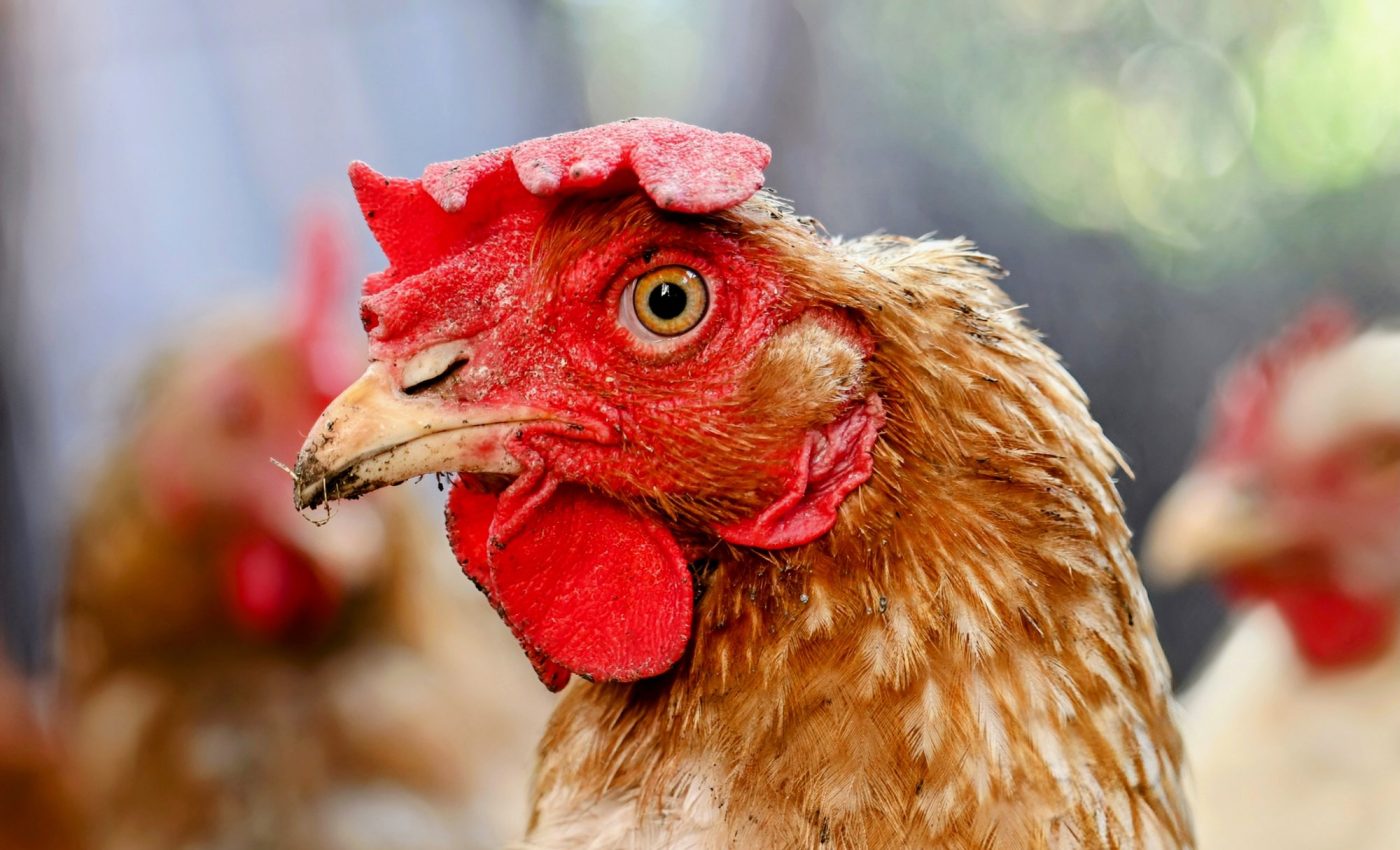
Chicks learn faster when their mothers are red or blue
Peering into the captivating world of newborn chicks, a team of researchers from the Queen Mary University of London has unveiled something truly remarkable. In a recent study, led by the insightful Dr. Elisabetta Versace, the team has revealed fascinating insights into the world of learning and intelligence.
Chicks: The masters of fast learning
Dr. Versace, a senior lecturer at the School of Biological and Behavioural Sciences, refers to these diminutive creatures as “the masters of fast learning.”
“Chicks learn the features of their mother hen in just a few minutes, and then can recognize them from different points of view and under different lights conditions with no training required,” said Dr. Versace.
The basis of this precocious learning is a mechanism called “imprinting,” where chicks, as it appears from her research, show a bias for “mothers” of certain colors.
Chicks’ color conundrum
In this extensive study, 587 fresh, domestic chick eggs incubated in darkness were hatched under carefully controlled conditions.
On hatching, and after determining their sex, each chick was placed into its individual cage, exposed to a 16:8 hour light-dark cycle. The team then observed their behavior in rectangular enclosures fitted with high-frequency monitors that displayed circular stimuli of varying colors.
During this imprinting phase, each chick was exposed to a single moving stimulus for 16 hours. Following this, on either the second or sixth day after hatching, the chicks were presented with the imprinting stimulus and various test stimuli on separate screens.
Chicks’ bias in learning speed
What the team discovered next was truly astounding. The chicks’ learning speed showcased a color-dependent bias.
Chicks who were exposed to a deep blue mother learned the features significantly faster compared to those who were exposed to mothers of different colors.
Interestingly, chicks raised by a green mother took a longer time to distinguish their mother from similar test stimuli.
These findings serve as a testament to the fact that chicks are predisposed to learn faster based on specific color cues – a fascinating showcase of the influence of both past experiences and innate preferences on learning efficiency.
“What stimuli are chicks prepared to learn faster?” asks Dr. Versace. The answer is intriguing – colors that are rare in their environment but frequent on their mothers, namely, red and blue.
Implications of the findings
These revelations harbor the prospects of a thrilling journey into understanding how our own brains learn new information and respond to different stimuli. The potential of this breakthrough is not limited to the fauna alone.
The ripple effect might well touch upon the development of faster and more efficient learning AI, potentially reducing errors and training by embedding meaningful priors (expectations) in artificial neural networks.
From chicks to infant learning
While the rapid learning mechanisms of chicks might seem to be an avian peculiarity, the principles underlying these processes bear striking similarities to early learning in human infants.
Like chicks, human babies exhibit significant plasticity in their early developmental stages, a phenomenon that allows them to quickly recognize and discriminate various stimuli in their environment.
Studies have shown that infants also have an inherent bias towards certain colors and shapes, which can enhance their learning efficiency.
By investigating these cross-species parallels, experts can glean invaluable insights into the fundamental structure of learning and cognitive development. Such research highlights the evolutionary continuities and divergences that shape intelligence across the animal kingdom.
Future research directions
As this area of study unfolds, several avenues for future research emerge, each promising to deepen our understanding of learning processes.
Potential investigations might explore the genetic underpinnings of these color biases, examining how certain genes influence learning predispositions in chicks and other animals.
Moreover, the ethical considerations of such research must not be overlooked. Ensuring humane treatment and minimizing distress for the chicks involved in these experiments is of paramount importance.
Additionally, as these findings potentially inform AI development, the ethical deployment of such technologies warrants rigorous scrutiny to prevent misuse. This careful balance between discovery and ethical responsibility ensures that progress in cognitive science can proceed both thoughtfully and innovatively.
Ultimately, this study provides a fresh perspective. It leaves us marveling at the intriguing potential of color, extending far beyond aesthetics – spiraling into the realm of learning and cognition, across species, and potentially into the realm of artificial intelligence.
The study is published in the journal iScience.
—–
Like what you read? Subscribe to our newsletter for engaging articles, exclusive content, and the latest updates.
Check us out on EarthSnap, a free app brought to you by Eric Ralls and Earth.com.
—–













